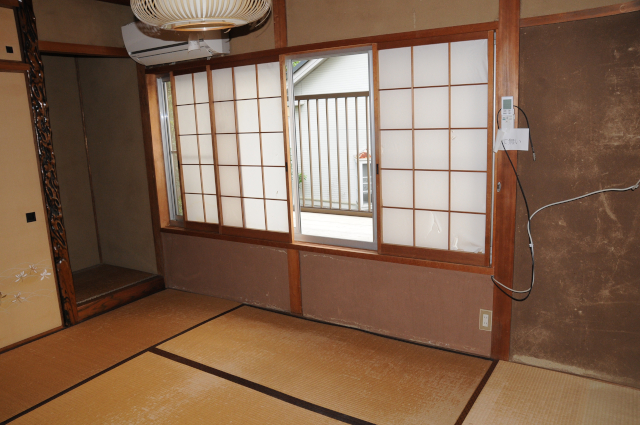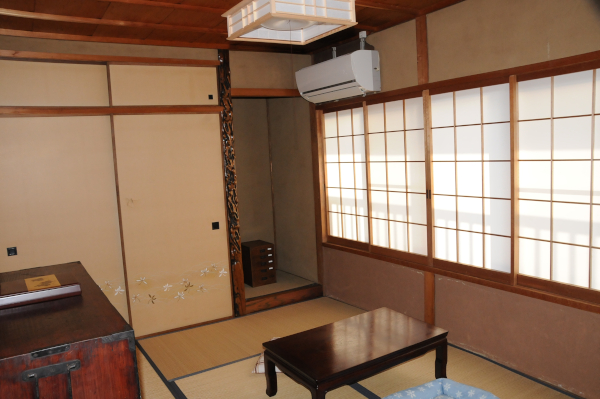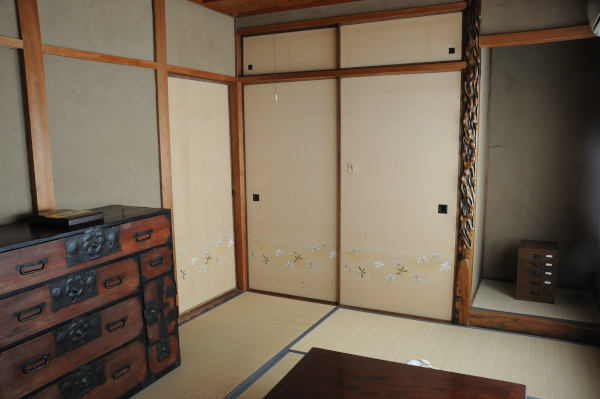What makes an artist famous? His works must appeal to at least some of his contemporaries to begin with, but a certain timeless quality is necessary as well to attract new admirers in the future. And of course, the right connections are necessary, or in other words: marketing. Nobody gets famous by working away alone in their basement. Still, things can be more complicated than that.
Kyoto-born Okoku Konoshima is one of these cases. Although he was a prolific artist, many of his large-scale paintings were bought by museums during in lifetime, and he was commissioned to decorate all the fusuma in the main hall of Nanyo-in temple, he doesn’t count among the circle of the truly famous. Only recently, his work has garnered renewed interest. Part of this may well be because he mostly withdrew from artist’s circles in his later life. But let’s start at the beginning.
Okoku Konoshima was born in 1877 as Bunjiro, the second son of a businessman in Kyoto’s bustling Sanjo-Muramachi district. His father’s house saw many guests of different walks of life, and Konoshima was able to meet tea masters, painters, poets, and other creative people from a young age. Although he was meant to study business, likely to take over or at least get involved in his father’s furniture business, he dropped out of the commercial school he was enrolled in and took painting classes instead.
In 1893, when he was 16, he began to take classes from Imao Keinen, one of the leaders of the Maruyama-Shijo school. This particular school of painting put a great focus on sketches, and over his lifetime, Konoshima filled 674 sketchbooks with animals, flowers, and other drawings. And already in 1899, at the age of 22, Konoshima’s painting “Uryu Brothers” won a prize at an exhibition and was subsequently bought by the Imperial Household Agency.
Konoshima is best known for his paintings of animals. He received free annual passes for Kyoto City Zoo, but was happy to take inspiration from everywhere. His animals are very realistically drawn, but at the same time, they are done in an almost lyrical style that shows a great affection for them.
Besides his animal paintings, there are his landscapes. Konoshima travelled extensively from age 26 or so and filled dozens of sketchbooks on his yearly trips through Japan. They became the basis for large-scale landscape paintings on folding screens and fusuma sliding doors. With these ink paintings, Konoshima created a modernized style rooted in traditional Chinese paintings by incorporating the spatial perspectives of Western paintings. In a way, he was able to transplant these traditional landscapes from China to Japan, creating vistas that were both new and familiar.
As mentioned above, Konoshima withdrew from painter’s circles later in life and instead focused on poetry and calligraphy. His reasons for that are unknown, but he was fond of poetry throughout his life. He died in 1938 when he was hit by a train in Osaka.
I’ll add some images tomorrow.








